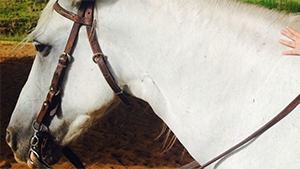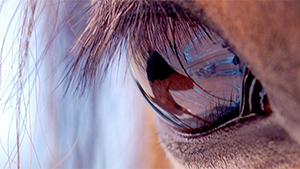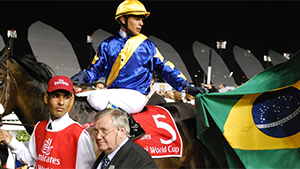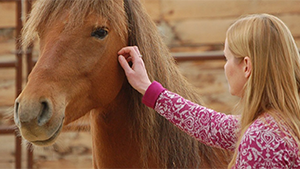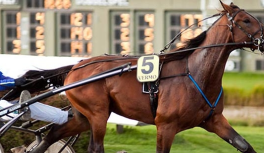Chilean Criollo Horse – A Unique Breed
The Chilean Criollo Horse is one of the oldest and most unique horse breeds in the world.
Over the centuries, the Chilean Criollo evolved along the coast of Chile, resulting from the combination of Arabian horses, Spanish crossbreds, and Pampa horses.
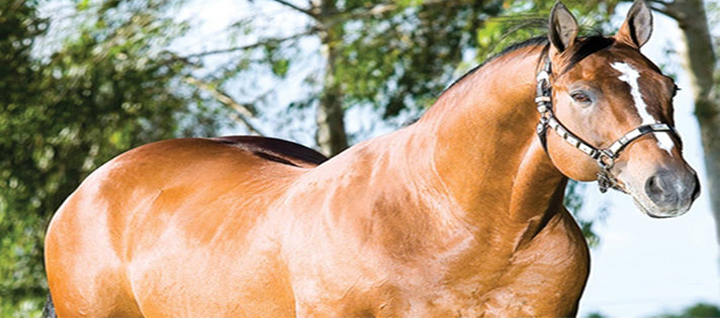
Thanks to its unique characteristics—such as endurance, speed, manageability, and intelligence—this horse became an essential part of rural life in Chile.
A Horse with Many Skills
For historical and economic reasons, Chile has always had a more robust and consolidated rural structure compared to its neighboring countries.
Moreover, since 1820, Chile has shown its passion for horses, a fact demonstrated when it gifted pure Chilean Criollo horses to King George IV of England.
The carefully controlled introduction of Thoroughbreds and Arabians had a significant impact on the morphology of the Chilean Criollo horse.
As early as 1844, Chilean breeders united to establish their own association and began selecting horses based on their function, making them true pioneers in this field.
The revolution in horse breeding in Chile continued after 1946, when rules were established for the Media Luna Rodeo, an event that required Criollo horses to demonstrate functional traits.
This gave rise to the modern Chilean Criollo horse, renowned for its versatility and working abilities
The Media Luna Rodeo arena, a Chilean peculiarity, is a half-moon-shaped oval featuring nine exciting trials.
Most of these test the rider’s skill and the horse’s dexterity, including the thrilling volupie, which resembles the “spin” performed by Quarter Horses—where the horse quickly rotates around its own axis without moving forward.
Two particularly remarkable trials train horses to remain still in case the rider falls, or if they encounter someone fallen on the ground. Another exciting event is the side gallop, where two riders chase cattle with the goal of pinning it against the rodeo fence.
Also in 1946, Chile exported two notable stallions to Argentina: Deseado, a bay born in 1922, and Sectário, a gray stallion with a 1.50m wither height, born in 1929.
Connection with the Gaucho People
From the 1970s onward, gauchos began intensifying the import of Chilean Criollo horses.
First came La Invernada Aniversario, the first Chilean horse to breed in Brazil.
Later came Tren Tren Arrebol, sire of two renowned stallions: Pozo Azul Chacao and the legendary La Invernada Hornero, along with Trongol Pilpilco and Santa Elba Señuelo.
Another outstanding example was Santa Elba Comediante, affectionately nicknamed “Motor Horse” due to his remarkable functionality.
Over time, the history of horses in Chile evolved, leaving its mark on other regions and creating a rich tradition and passion. This firmly established the Chilean Criollo horse as a true jewel of horsemanship.
The Legend of La Invernada Hornero
Undoubtedly, La Invernada Hornero (born 11/08/1971 – died 08/25/1997) is widely recognized as the highest-scoring horse in the Merit Registry of the Brazilian Criollo Horse Breeders Association (ABCCC). He holds the absolute record for the greatest number of winning offspring.
Hornero’s remarkable progeny achieved many outstanding results. Among them, a particularly notable achievement is his record at Expointer, where on two occasions (1996 and 2000) he sired both the grand champion and the grand champion mare.
In three other editions of Expointer (1994, 1995, and 1999), he set another record by producing the grand champion, the reserve champion, and the third-place horse simultaneously.
Hornero left a legendary legacy, siring exceptional horses such as Nobre Tupambaé, Itaí Tupambaé, Entrevero Charrua, Butiá Arunco, Faceiro do Junco, Bt Bailongo, among many others.
His widely recognized genetics continue to shine in competitions and evaluations, marking an unprecedented performance. Indeed, the history of the Brazilian Criollo breed can be divided into pre-Hornero and post-Hornero, such was the influence of this magnificent stallion. His bloodline remains an invaluable heritage.
Hornero was more than extraordinary—he was a true example of nobility, strength, and gentle temperament.
His contribution to the Criollo breed and his fundamental role in shaping the modern Brazilian Criollo horse are beyond measure.

